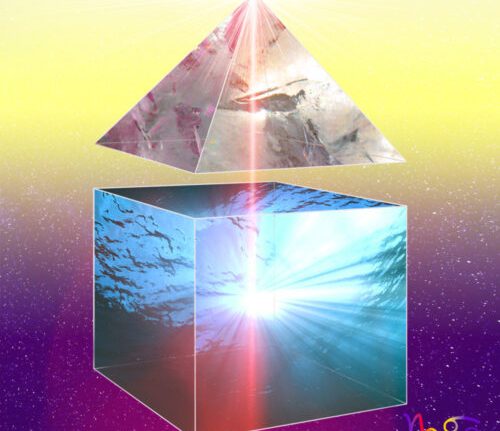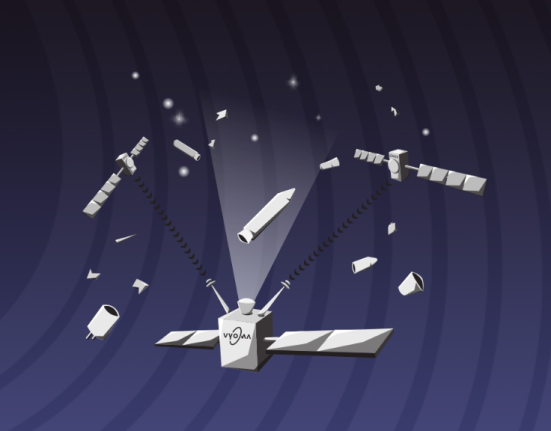The Imbrium basin is the largest impact basin on the near side of the Moon, with a diameter of around 1,160 kilometers. The South Pole's Aitken Basin, on the opposite side, is twice as large. The massive impact that formed Imbrium, one of the most violent in the history of the Solar System that occurred 3.85 billion years ago, left a giant crater that was later filled with basaltic lava.
Mare Imbrium (Sea of Rains), the enormous lava plain we see today in the northwest quadrant of the Moon, is the most obvious legacy of that ancient cataclysmic event. Second only in size to neighboring Oceanus Procellarum (Ocean of Storms), Mare Imbrium is evident to the naked eye on a 10-day gibbous Moon; in fact, Imbrium forms the left eye of the famous 'Man in the Moon'. Pick up a pair of binoculars or point a small telescope at Imbrium and you'll soon realize that Mare Imbrium is bordered by a series of very impressive mountain ranges.
Apennine Mountains
The most striking chain is that of the Montes Apenninus (the lunar Apennines), which majestically protect the southeastern coast of Mare Imbrium. They travel in an arc of 600 kilometers from Fresnel Promontory in the north to the peaks east of Eratosthenes Crater. The highest peaks in the Apenninus include the impressive Mons Huygens (5,500 metres), the highest peak on the Moon, and Mons Hadley (4,600 metres), which lies near its eastern ends. A 150 to 200 m (six to eight inch) telescope, operating at a power of about 150 × to 200 ×, makes a very nice approach to Mons Huygens and just west of Mons Ampère (3,000 meters).

Caucasus Mountains, Carpathians and Alps
The Caucasus Mountains, to the east of Mare Imbrium, form a continuation of the Apenninus Mountains to the northeast (as far as the Eudoxus crater). A third major range is the Montes Carpatus (Carpathian Mountains), which lie just north of the powerful Copernicus impact crater, which marks the southern limit of Imbrium. Together, Apenninus, Caucasus and Carpatus form the outer end of Imbrium's three concentric rings of mountains, part of what remains of the basin's rim after the lava flood.
Montes Alpes (the Alps Mountains), in the northeastern part of the Imbrium basin, is another famous feature that is easily located as a steep southeastern arc 250 kilometers long that extends from the dark-bottomed Plato crater to the Cassini crater. Look for the striking Vallis Alps, a rift valley that cuts through the Alpine mountain range.
Through binoculars it is easy to see that at their southern end the Alps lie just inside the western flanks of the Caucasus Mountains. This is because Montes Alpes was part of the middle ring of the Imbrium basin.

The Straight Range: part of an inner ring
You will undoubtedly know the Straight Wall (Rupes Recta), the 110 kilometer long linear fault in the southeastern part of the Nubian Sea. How about Montes Recti, the Straight Mountain Range? It is a rectangular formation of peaks oriented from east to west, about 90 kilometers long and only 20 kilometers wide.
Individual peaks and groups of peaks, including the Montes Recti, are common near the northern coast of Mare Imbrium. Just to the east of Montes Recti is the better-known Montes Tenerife range and to the south of Plato is the isolated peak Mons Pico, which rises approximately 2,400 meters above the plain. Very close, to the southeast, is Mons Piton (2,300 meters), another independent massif. However, they only seem They are considered individual peaks, as they are easily observable traces of an inner ring about 790 kilometers in diameter, parts of the basin's interior terraces that were high enough not to be drowned by the lava that formed the sea surface.
Deeper inspection to the south reveals more evidence of the inner ring; Spitzbergen Mountains (Spitzbergen Mountains) are located about 80 kilometers north of the Archimedes impact crater.
The west-northwest section of the Imbrium basin lacks anything resembling such a substantial mountain range, but the vast semicircular escarpment of Montes Jura, bordering Sinus Iridum (Rainbow Bay), jagged at the northwestern edge of Mare Imbrium , it is a magnificent view.
Imbrium Impact: Craters
There are a handful of notable craters seen in the surrounding mountains and they lie in splendid isolation on the Imbrium Plain.
The flooded crater Archimedes (81 km) is the best and most prominent impact crater seen on the floor of Mare Imbrium, on its eastern rim. Together with its close companions Aristillus (55 km) and Autolycus (39 km), located to the east and northeast, respectively, the trio offers a great view. Looking through a small telescope, Archimedes has a dark, smooth floor, like Plato's, which contrasts nicely with the wonderful central peaks of Aristilus.


Cassini is a curious crater located northeast of Aristillus. Like Archimedes, it is a flooded crater, but its bottom contains the inner craters Cassini A and Cassini B, the former having an unusual bottom. Archimedes and his and Cassini's companions will be on display on the morning of October 17.

The Eratosthenes crater (60 km) is located in the southwestern foothills of the Apennine Mountains (Apennines). It has a rugged area with wide internally stepped walls and a mountainous floor, above which a group of mountains rises. Many observers compare him to a mini Copernicus. Before you finish looking at Imbrium, be sure to take a look at the dark-floored Plato, situated at the western edge of the Alps.
Ghosts and chains of craters: take on challenges in Imbrium
Lambert Crater (30 km) lies in glorious isolation on the Imbrium plane, about 350 kilometers west of Archimedes. Lambert is an easy target for any telescope, but can you spot a larger Lambert R (Ruin; 56 km) just to the south? It is one of the many “ghost” craters on the Moon. Astronomers believe that it is an impact crater that was subsequently flooded by enormous lava flows, leaving behind its rim as evidence of its previous existence.
Now head to the southeast quadrant of Imbrium, about 100 kilometers northeast of Eratosthenes Crater, to locate a small ghost crater called Wallace (26 km). Both craters are much easier to spot when illuminated by a low Sun.
Multiple impacts
Who can forget when in 1994 more than 20 fragments of comet Shoemaker-Levy 9, nicknamed the “string of pearls,” crashed into Jupiter's cloud tops, producing a series of dark scars in the planet's southern hemisphere, the largest of which persisted for months? The comet was torn apart by Jupiter's overwhelming tidal forces Astronomers believe similar impacts have occurred on the Moon, and unlike Jupiter's long, scattered trajectories, we can observe the results. Perhaps the most famous of these features on the Moon is Cantena Davy, located between the Davy crater and the majestic Ptolemy. However, there are a couple of them worthy of attention in the Imbrium basin.
Cantina Beer
The small Beer impact crater (10 km) is located about 115 kilometers southwest of the large Archimedes crater (80 km). Astronomers believe that multiple impacts from a single disintegrated body, a comet or asteroid, formed the chain of small craters (Cantena Beer; the largest crater is about 1.5 kilometers in diameter) seen arcing to the east. from Beer, and which eventually became a straight avalanche. You'll need a 250mm (10in) telescope to spot them, although Beer itself is an easy catch.
Timocharis crater (34 km) is located about 90 kilometers southeast of Beer. Just southwest of Timocharis are two much smaller craters, Heinrich (6 km), the larger of the two, and Timoocharis-C to the east. Running northeast from Timocharis-C is Cantena Timocharis, a 20-kilometer-long chain of tiny craters. This feature is probably best left to high-resolution imagers, although a large Dobsonian on a quiet night might be successful. Try Cantenae and Timocharis beer in the morning.

















Leave feedback about this